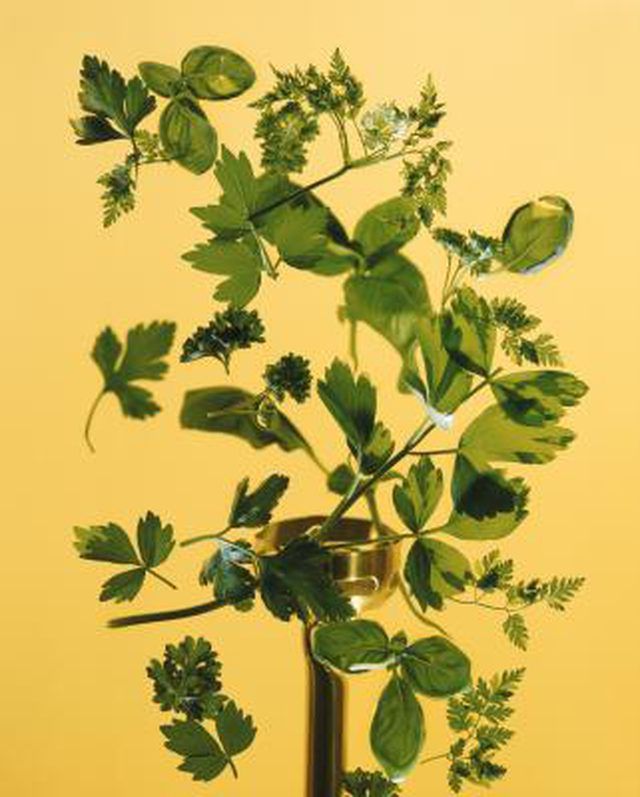Bulbs
Flower Basics
Flower Beds & Specialty Gardens
Flower Garden
Garden Furniture
Garden Gnomes
Garden Seeds
Garden Sheds
Garden Statues
Garden Tools & Supplies
Gardening Basics
Green & Organic
Groundcovers & Vines
Growing Annuals
Growing Basil
Growing Beans
Growing Berries
Growing Blueberries
Growing Cactus
Growing Corn
Growing Cotton
Growing Edibles
Growing Flowers
Growing Garlic
Growing Grapes
Growing Grass
Growing Herbs
Growing Jasmine
Growing Mint
Growing Mushrooms
Orchids
Growing Peanuts
Growing Perennials
Growing Plants
Growing Rosemary
Growing Roses
Growing Strawberries
Growing Sunflowers
Growing Thyme
Growing Tomatoes
Growing Tulips
Growing Vegetables
Herb Basics
Herb Garden
Indoor Growing
Landscaping Basics
Landscaping Patios
Landscaping Plants
Landscaping Shrubs
Landscaping Trees
Landscaping Walks & Pathways
Lawn Basics
Lawn Maintenance
Lawn Mowers
Lawn Ornaments
Lawn Planting
Lawn Tools
Outdoor Growing
Overall Landscape Planning
Pests, Weeds & Problems
Plant Basics
Rock Garden
Rose Garden
Shrubs
Soil
Specialty Gardens
Trees
Vegetable Garden
Yard Maintenance
How to Tell When Cilantro Is Ready to Pick
How to Tell When Cilantro Is Ready to Pick. Known for its pungent aroma and taste, cilantro (Coriandum sativum) is an annual herb that grows well in loamy soil. Ideal for backyard gardens through U.S. Department of Agriculture plant hardiness zones 4 to 10, cilantro produces seeds that are known as coriander and are harvested in addition to the...

Known for its pungent aroma and taste, cilantro (Coriandum sativum) is an annual herb that grows well in loamy soil. Ideal for backyard gardens through U.S. Department of Agriculture plant hardiness zones 4 to 10, cilantro produces seeds that are known as coriander and are harvested in addition to the plant's leaves. Harvest both the leaves and seeds of the cilantro plant to create a flavorful addition or garnish to Mexican or Middle Eastern dishes.
Things You'll Need
Twine
Paper towel
Zippered plastic bag
Airtight container
Zippered plastic freezer bag
Paper bag
Harvesting Cilantro Leaves
Wait until each of the cilantro's stems reach lengths of 4 to 6 inches. Cut the entire leaf-covered stem approximately 1 to 2 inches above the ground level, paying attention to avoid removing more than one-third of the stems at one time.
Pull or cut off individual leaves from stems left intact on the plant, as an alternative method of harvesting. For optimum flavor, the Washington State University Extension recommends harvesting the leaves first thing in the morning.
Gather the cilantro stems and secure them together with twine if you intend to use the cilantro dried rather than fresh. Hang the leaves upside down in a warm, sunny spot and allow them to dry. If collecting leaves, lay them on a paper towel to dry.
Place the dried cilantro leaves in a zippered plastic bag or airtight container. Freezing the leaves is another option. Place the leaves in a zippered plastic freezer bag and store them in the freezer.
Harvesting Coriander
Twist and pull off the seed heads once the cilantro plant turns brown. Don't wait too long to harvest the coriander, or the brown stems will crumble and the seeds will fall to the ground.
Pour the seed heads into a paper bag. Place the paper bag in a dry, sunny spot. Monitor the seed heads over the next three to five days. Over time, the dry seed heads split and the edible seeds fall out.
Remove the small seeds from the bag. Store the seeds in an airtight container in a cool, dry place.